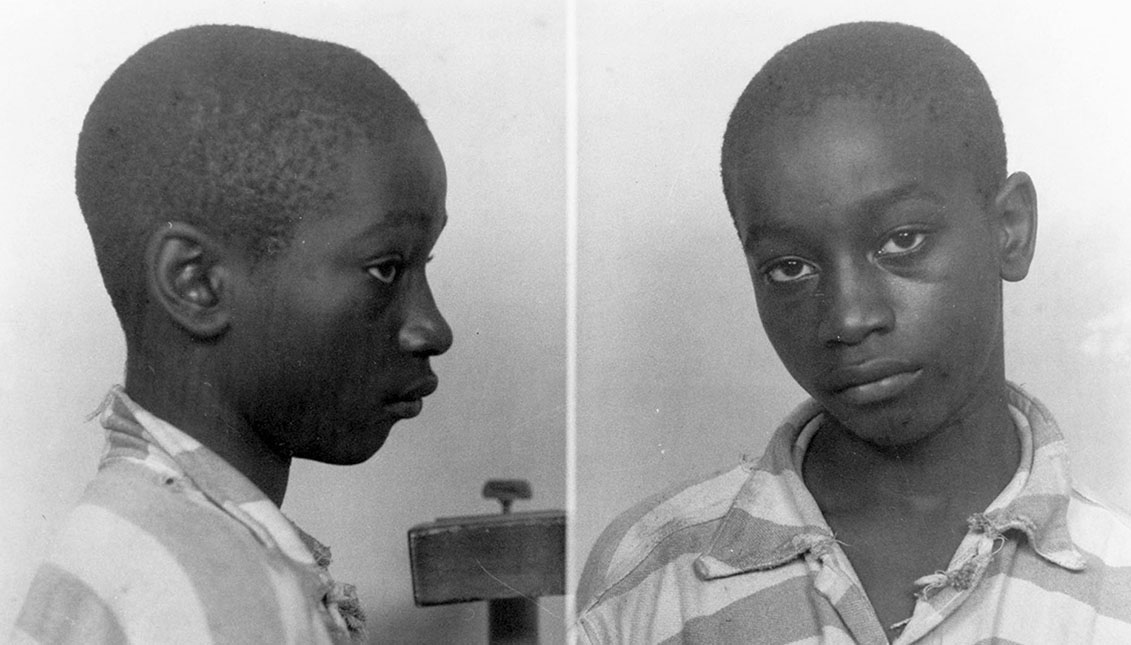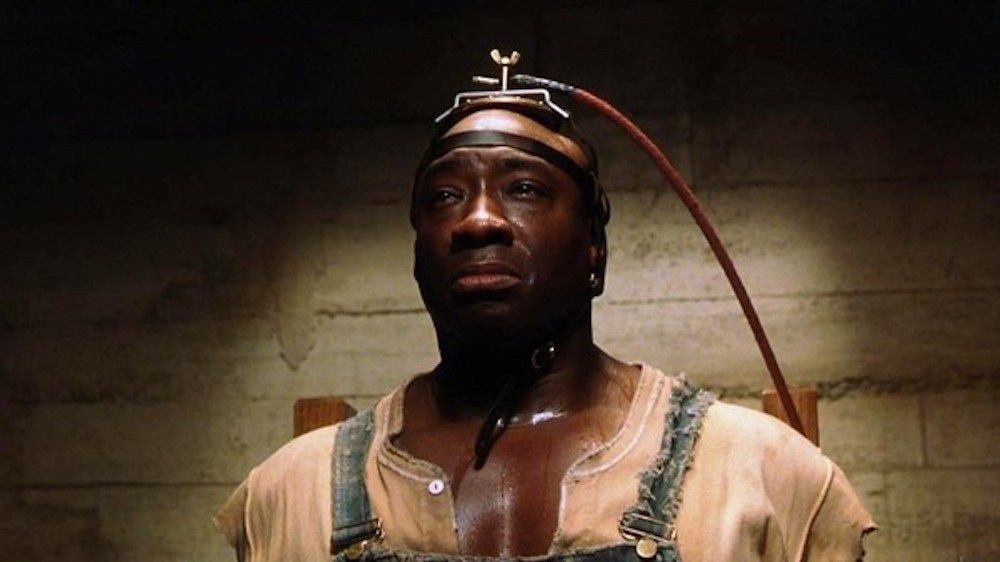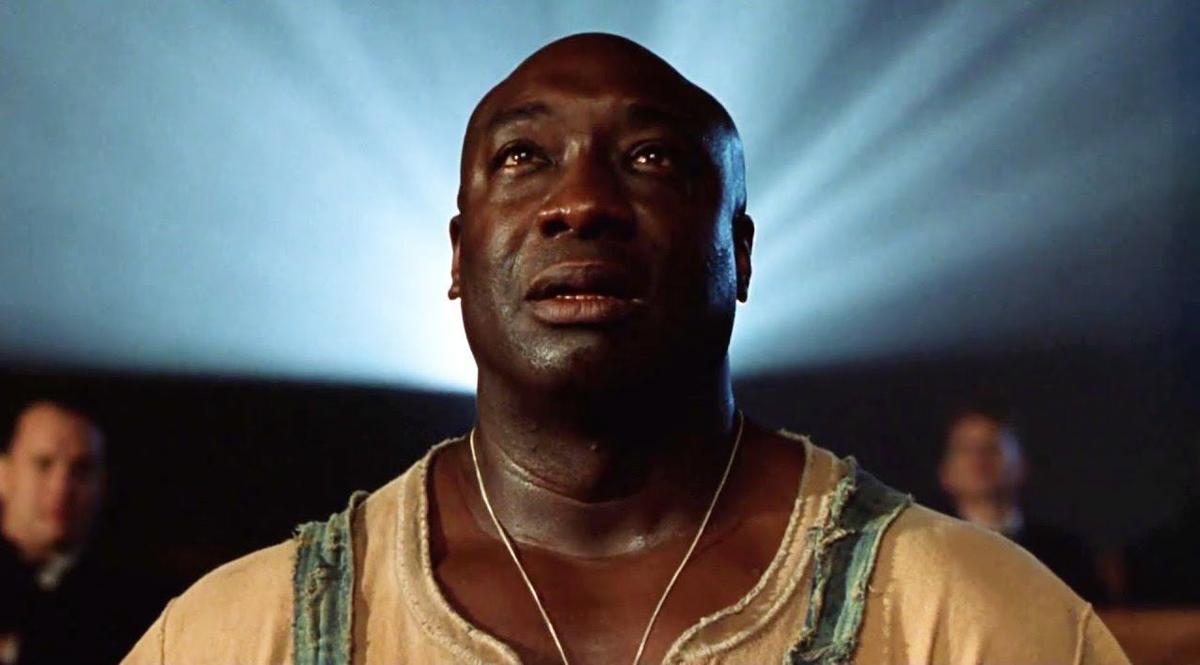Set during the US Great Depression in the 1930s, the Frank Darabont directorial ‘The Green Mile‘ is a fantasy drama movie that revolves around the lives of several guards on Death Row duty at a penitentiary, and particularly one of the death row corrections officers named Paul Edgecomb. It is just another day at the office for the guards until a new inmate named John Coffey, convicted of rape and murder, arrives. Soon, while watching over Coffey, Edgecomb realizes that there is more to him than what can be seen as he witnesses several supernatural events after the arrival of the new convict at the facility.
‘The Green Mile’ features several prominent names in the industry, including Tom Hanks as Paul Edgecomb, Michael Clarke Duncan as John Coffey, David Morse as Brutus ‘Brutal’ Howell, and Bonnie Hunt as Jan Edgecomb. With so many detailed scenes and stellar performances from the cast spread across the entire narrative, it is natural for you to question whether this crime drama is based on a true story or not. Well, let’s dwell deeper and find out if the story has anything to do with reality!
Is The Green Mile a True Story?
‘The Green Mile’ is partially based on a true story. Well, precisely speaking, the 1999 movie is based on Stephen King’s novel of the same name that was published in 1996. When it comes to the inspiration of the book, it is believed that King based his novel on a 14-year-old boy named George Stinney Jr., the youngest ever to be sentenced to death in the electric chair in the 20th century in America. In the film, John Coffey, an alleged rapist and murderer, arrives at the penitentiary and leaves an emotional imprint on everyone around him. His supernatural ability to heal others gives the narrative a more dramatic feel.

If you look closely, the plot of ‘The Green Mile’ and the real-life story of Stinney Jr. are quite similar. Stinney Jr., just like Coffey in the film, was accused of murdering two white girls in 1944. Even though there are some key differences between these two characters, there are striking similarities. There is a huge distinction in age between Coffey and Stinney; along with that, both the stories are set at different locations — the narrative is based in Louisiana, while the Stinney Jr. case took place in South Carolina.
Moreover, the movie’s plot is set a decade before the real-life events of George Stinney Jr.’s case. While Coffey is shown to have some kind of supernatural tendencies, George Stinney Jr. was an ordinary young teen. When it comes to the parallels between the two, it is rather sad and unfortunate. Stinney, just like Coffey, was also executed by the electric chair in the same year of his arrest and trial, despite the fact that he was a minor. Much like the convicted character in the book and movie, even the real-life convict was found innocent and exonerated decades after his undeserved demise.
‘The Green Mile’ does a great job of portraying the reality of the lives of the Black community and the cruelty they had to face back in the day (and it persists even today). This is implied in the book and movie where, just like Stinney, Coffey also doesn’t really have a fair opportunity to prove his innocence. Both of their fate is decided by an all-white jury, and their so-called counsel provided them with little to no help defending their case.

Like ‘The Green Mile,’ several movies portray the failings and flaws of the law enforcement and legal systems, especially highlighting cases related to ethnicity and race around the mid-1900s. ‘A Time to Kill,’ which is Joel Schumacher’s 1996 adaptation of John Grisham’s eponymous 1989 novel, is an apt example of a movie that is on par with the tragic and horrific story of John Coffey. So, drawing most of the inspiration from the heart-wrenching novel by King and seemingly from the real-life story of George Stinney Jr., Darabont brought the story to the big screen and helped it reach a wider audience.
Read more: Where Was The Green Mile Filmed?


You must be logged in to post a comment.